You are using an out of date browser. It may not display this or other websites correctly.
You should upgrade or use an alternative browser.
You should upgrade or use an alternative browser.
Photography Tips?
- Thread starter jackdaw
- Start date

Help Support Rat Rod Bikes Bicycle Forum:
This site may earn a commission from merchant affiliate
links, including eBay, Amazon, and others.
Lets see them!  They can't be that bad :mrgreen:
They can't be that bad :mrgreen:
Take a bunch of shots from different angles, including camera height, and different focal lengths, then pick best shot.
Don't shoot in sunlight. Shoot in shade, or overcast/cloudy day. And, don't use direct flash.
Avoid busy backgrounds!
Don't shoot in sunlight. Shoot in shade, or overcast/cloudy day. And, don't use direct flash.
Avoid busy backgrounds!
The two biggest mistakes people make are
1) being to far away from the subject. yes it is nice to show some environment but remember it is about the bike not the red barn it is leaning against.
2) Try to keep the background simple. If it is to busy the bike can get lost in it. One of the best ways is to use a wide f-stop. This will help to soften the focus on the background and allow the subject to stand out.
1) being to far away from the subject. yes it is nice to show some environment but remember it is about the bike not the red barn it is leaning against.
2) Try to keep the background simple. If it is to busy the bike can get lost in it. One of the best ways is to use a wide f-stop. This will help to soften the focus on the background and allow the subject to stand out.
I like to take pics on a bright but overcast day. Look at a tree or post in your yard. If it's not casting a shadow you're good to go. Use a tripod for the sharpest pics. Find a spot to set your bike up that has deep shade in the background, like the row of bushes in my pic below. This gives the pic a dark background and your bike will pop. Take lots of pics and you'll probably get a couple of good ones.
Gary

Gary


$19.99
Electra Glide Wall Decal 2ft Long Sport Harley Davidson Bike Motorcylce Sticker Man Cave Garage Boys Room Decor
FatCat Wall Graphics

$24.99
Top Brass Bicycle/Motorcycle Chain Picture Frame 5" X 7" Photo - Faux Bike Chain
Old River Outdoors (USA Merchant)
Thanks folks! Great tips! The shaded background, thats good. Good pic and nice bike too!
My camera does't have f stop settings. I guess the "portrait" setting is what I would want?
Any more tips?
My camera does't have f stop settings. I guess the "portrait" setting is what I would want?
Any more tips?
jackdaw said:........My camera does't have f stop settings. I guess the "portrait" setting is what I would want?
Any more tips?
maybe- while the portrait setttings typically have a limited depth of field (good. shows you're already thinking!) some also add a "softening" effect to make for more flattering complexions.........
i agree 100% with the posts about open shade. if it's not overcast and i'm dependent on buildings, walls, etc, for shade i find evenings give me nicer, warmer colors than mornings.......
also pay attention to where your autofocus camera is actually focusing- some can 'look' right through the main triangle and focus on the background! oops! you can often focus on a spot that isn't going to be the central point of the photo, but is equidistant, and then recompose once the focus has locked.
:wink:
- Joined
- Sep 10, 2010
- Messages
- 339
- Reaction score
- 10
1.) Find a background that is a complimentary color for the bike.
2.) Like everyone else said shoot on an over cast day, early morning, or at dusk.
3.) Always remember when shooting a profile shot to use the drive side (people like to see that chain)
4.) Attempt to keep lines in the photo perpendicular like the ground or lines on walls.
I can't think of anything else right now but here are some of my shots.
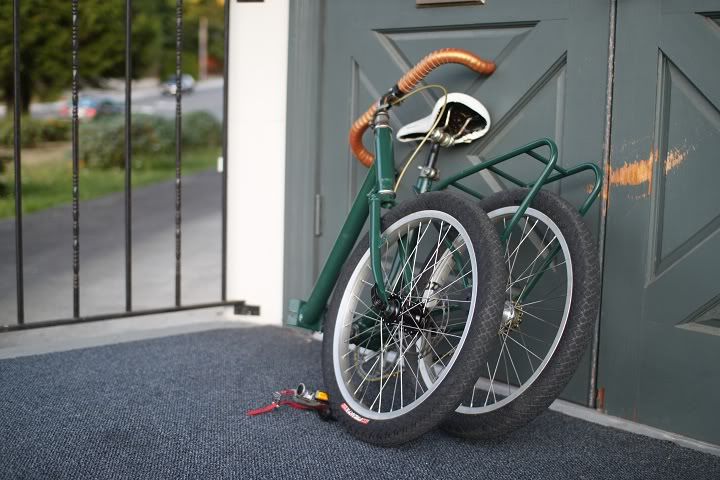
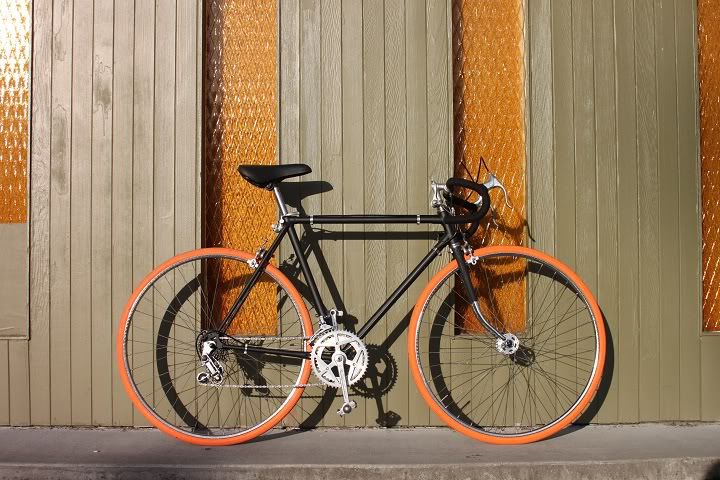

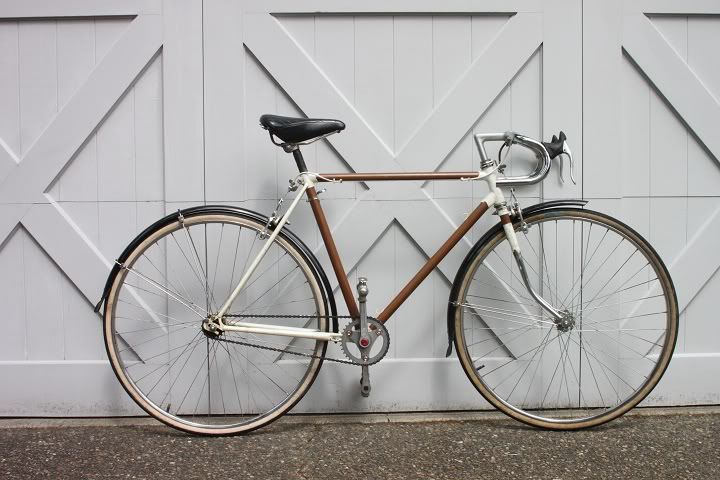
2.) Like everyone else said shoot on an over cast day, early morning, or at dusk.
3.) Always remember when shooting a profile shot to use the drive side (people like to see that chain)
4.) Attempt to keep lines in the photo perpendicular like the ground or lines on walls.
I can't think of anything else right now but here are some of my shots.




Great tips. I just use a point and shoot anymore and thought an f-stop was what you do when a big truck cuts you off.
subadrew said:dslr+?=WIN!
It's almost tough to take "bad" shots.
I'm here to tell you I can take a crap load of junk with my dslr
All good advice so far. Distracting - way-too-busy backgrounds are the worst offenders I see here. The advice to chose your background is very important, and choose something that does not over power the lines of the bike. the bike MUST stand out over the background, or you have failed. An interesting background can add tremendously, but if you look at the background first and the bike second, it should be the other way 'round.
Focus. Out of focus (OOF) shots are dead on arrival. Everything does not have to be tack sharp, but if the bike, or parts of the bike is/are in focus, it goes a long way to a good photo. As already stated, half press the shutter, pay attention to the green boxes (usually) as that is what the camera will have in focus. re-compose the scene while holding the focus if you want to change your point of view, and then press the shutter all the way and take the picture.
Take your time, think for a few seconds. take the picture. Take one step back, take the same picture, take one step to the left, take the same picture, take one step to the right, you get my drift, you will be surprised, one of them will be much better that all of the others.
Take a few seconds to look at every picture you take. Ask yourself what you think is good or "bad" about it, and what could you have done to improve it. Next time you will be a bit better at the craft. Do the same with other people's pictures, you will learn tons by being observant. Don't ever critique anyone's pictures unless they ask you to. Praise them out of the blue when you think they deserve it.
From a personal perspective, coming from a semi-serious hobby photographer, getting what I personally consider a killer shot of a bicycle is one of the hardest subjects that I have ever attempted. (My cats, top the list BTW). Of course, true to my advice, the reason I say this is due to my own judgment of my own photos. I see some great stuff here, by others, and I also see stuff all over the map. All good IMHO as part of the hobby.
Try your best with what you know, do the same again next time. You just naturally get better with experience.
And last, if you seriously want to improve your photography, join a local photographer's (hobby level) club. Pay attention and you will learn tons and tons about yourself, your skills, and photography in general. One night a month is enough.
end of my .02 cents.
jerrykr said:subadrew said:dslr+?=WIN!
It's almost tough to take "bad" shots.
I'm here to tell you I can take a crap load of junk with my dslr

From a personal perspective, coming from a semi-serious hobby photographer, getting what I personally consider a killer shot of a bicycle is one of the hardest subjects that I have ever attempted..........
Amen to that, brother!!!
:lol:
Boy thats what I'm getting at. I can take pictures I like (the only important criteria) of my dogs, my wife, landscapes, tools, food and so on but what is it about bikes? I think for me it is the background. Thanks for all the tips folks, you're really helping me out. If I ever get done dinkin' around with the paint on this frame and get it put back together I'll post it.
- Joined
- Sep 10, 2010
- Messages
- 339
- Reaction score
- 10
Yeah, in order to get the background more out of focus (or have less DOF) then the photographer would have had to put the subject farther away from it, or used a telephoto. OR had a lens with a very low aperture.
I like to use my 30mm f1.4 for all my bike shots. You can't beat a prime lens for portraits. After all our bikes are people too.
I like to use my 30mm f1.4 for all my bike shots. You can't beat a prime lens for portraits. After all our bikes are people too.
Motopecane said:Yeah, in order to get the background more out of focus (or have less DOF) then the photographer would have had to put the subject farther away from it, or used a telephoto. OR had a lens with a very low aperture.
I like to use my 30mm f1.4 for all my bike shots. You can't beat a prime lens for portraits. After all our bikes are people too.
Remember though, small sensor digicams (which I'm sure most of us have) naturally have a greater DOF, then something with a full frame sensor, and in many cases it's impossible to achieve a shallow enough DOF at any focal length, or aperture, using a small sensor camera.
Rooski said:Motopecane said:Yeah, in order to get the background more out of focus (or have less DOF) then the photographer would have had to put the subject farther away from it, or used a telephoto. OR had a lens with a very low aperture.
I like to use my 30mm f1.4 for all my bike shots. You can't beat a prime lens for portraits. After all our bikes are people too.
Remember though, small sensor digicams (which I'm sure most of us have) naturally have a greater DOF, then something with a full frame sensor, and in many cases it's impossible to achieve a shallow enough DOF at any focal length, or aperture, using a small sensor camera.
that's the most frustrating thing about a digital point n shoot, imho...... :x
That is where you need to use a slow speed and a tripod. Also, use the timer to trigger the shutter so that you don't shake the camera when pushing the shutter button. Also, read the manual...many point and shoot cameras have settings that will improve the quality of these shots but it may take a little practice to find them...that is the beauty of digital, the learning curve is much shorter since you get to see the results right away vs picking up bad prints and trying to figure out what you did wrong...
Look at the link below on my signature to go to my Flickr page...most of these pictures were taken with a mid-level point and shoot that is always with me...
Look at the link below on my signature to go to my Flickr page...most of these pictures were taken with a mid-level point and shoot that is always with me...
12bcruzin said:That is where you need to use a slow speed and a tripod. Also, use the timer to trigger the shutter so that you don't shake the camera when pushing the shutter button. Also, read the manual...many point and shoot cameras have settings that will improve the quality of these shots but it may take a little practice to find them...that is the beauty of digital, the learning curve is much shorter since you get to see the results right away vs picking up bad prints and trying to figure out what you did wrong...
Look at the link below on my signature to go to my Flickr page...most of these pictures were taken with a mid-level point and shoot that is always with me...
i don't know if this was a reply to the last 2 replies, but just to avoid confusion (because of the order of the replies it might seem to be) for anyone following the thread who wonders about depth of focus...12bcruzin offers very good advice for a tack sharp photo, but the opposite solution to the depth of field issue rooski and i posted about- unwanted dof even at large apertures, inherent in small sensor cameras. slow shutter speeds would require an even smaller aperture resulting in practically unlimited dof...
here's an example of lots of dof: a travel shot where you want the subject and their surroundings to be in focus. since this was taken with a point n shoot with a small sensor it's easy to have everything relatively sharp even in fairly low light with a fairly large aperture...
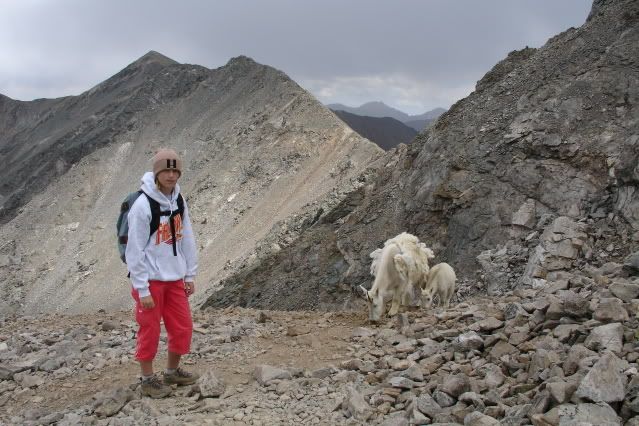
here's an example of limited depth of focus using a larger sensor dslr where only the main subject is in focus.....
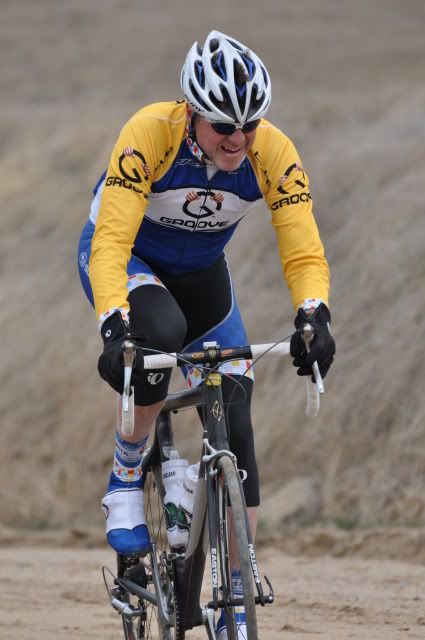
obviously there other factors at play here, and better examples on the web, but you get the idea..... :wink:







































